Home>Furniture & Design>Interior Design Trends>How Does Smart Glass Work
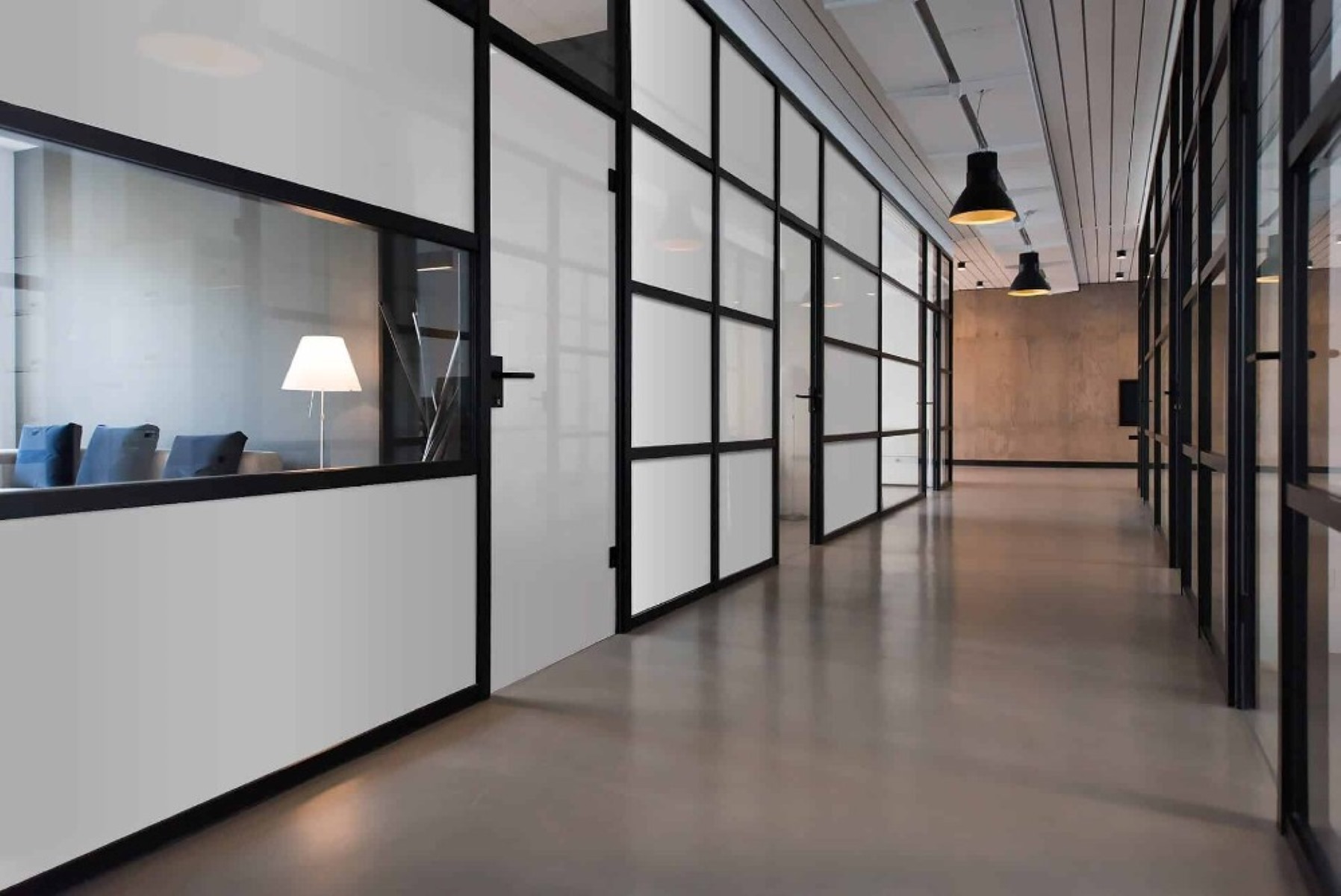

Interior Design Trends
How Does Smart Glass Work
Modified: February 18, 2024
Discover how smart glass works and its impact on interior design trends. Explore the innovative technology and its potential to transform living spaces.
(Many of the links in this article redirect to a specific reviewed product. Your purchase of these products through affiliate links helps to generate commission for Storables.com, at no extra cost. Learn more)
Introduction
Smart glass, also known as switchable glass or privacy glass, is a revolutionary technology that has transformed the way we perceive and utilize glass in modern architecture and interior design. This innovative material offers a dynamic solution to privacy, light control, and energy efficiency, making it a sought-after choice for residential, commercial, and industrial applications.
The integration of smart glass technology represents a significant leap forward in the evolution of architectural materials, as it seamlessly combines functionality with aesthetics. By harnessing the power of advanced engineering and cutting-edge materials, smart glass has redefined the traditional role of glass within built environments, offering a versatile and adaptable solution for contemporary design challenges.
As the demand for sustainable and adaptable building materials continues to rise, smart glass has emerged as a frontrunner in the quest for energy-efficient and environmentally conscious design solutions. Its ability to transition from transparent to opaque at the flick of a switch or through automated sensors has revolutionized the concept of spatial flexibility and privacy management within interiors.
The allure of smart glass lies in its ability to create dynamic, interactive spaces that respond to the needs and preferences of occupants. Whether used in residential homes, corporate offices, healthcare facilities, or hospitality settings, smart glass empowers designers and occupants alike to reimagine the possibilities of architectural transparency and privacy control.
In the following sections, we will delve deeper into the intricacies of smart glass, exploring its various types, mechanisms, applications, as well as the advantages and challenges associated with its integration. By gaining a comprehensive understanding of how smart glass works and its potential impact on the future of design and technology, we can unlock the full potential of this remarkable innovation.
Key Takeaways:
- Smart glass is a revolutionary material that can change from transparent to opaque, offering dynamic control over light, privacy, and energy efficiency in buildings. It’s like having a magic switch for your windows!
- There are different types of smart glass, each with unique ways of controlling transparency. From regulating light and heat to providing privacy, smart glass is like having a superpower for your windows and doors!
Read more: How Does A Smart Thermostat Work
What is Smart Glass?
Smart glass, also referred to as switchable glass or privacy glass, represents a groundbreaking advancement in architectural and interior design materials. Unlike conventional glass, smart glass possesses the remarkable ability to alter its transparency based on external stimuli or user control. This transformative characteristic is made possible through the integration of innovative technologies, enabling smart glass to transition from transparent to opaque, or vice versa, with remarkable ease and precision.
At its core, smart glass is engineered to provide dynamic control over light, privacy, and thermal management within a space. By leveraging cutting-edge materials and sophisticated mechanisms, smart glass offers a versatile solution for addressing the evolving needs of modern architecture and interior design. Whether deployed in residential, commercial, or industrial settings, smart glass empowers users to modulate the level of transparency, thereby influencing the ambiance, functionality, and visual connectivity of a space.
The versatility of smart glass extends beyond its fundamental function of transparency control. It serves as a multifaceted design element that can be seamlessly integrated into various architectural contexts, enhancing both aesthetic appeal and practical functionality. Smart glass can be utilized in partitions, windows, skylights, doors, and even entire façades, offering a dynamic canvas for architects and designers to explore new dimensions of spatial design and user experience.
Furthermore, smart glass aligns with the growing emphasis on sustainability and energy efficiency in contemporary design practices. By regulating the transmission of light and heat, smart glass contributes to the optimization of energy consumption and indoor comfort, thereby fostering environmentally conscious design solutions. This convergence of technological innovation and sustainable design principles positions smart glass as a pivotal element in the pursuit of holistic and adaptive built environments.
In essence, smart glass transcends the conventional boundaries of architectural materials, ushering in a new era of interactive and responsive design elements. Its ability to seamlessly adapt to changing environmental conditions and user preferences underscores its transformative potential in shaping the future of architectural and interior design. As the demand for adaptable, sustainable, and aesthetically compelling design solutions continues to grow, smart glass stands at the forefront of innovation, offering a glimpse into the boundless possibilities of intelligent architectural materials.
Types of Smart Glass
Smart glass encompasses a diverse array of technologies, each offering unique functionalities and applications tailored to specific design requirements. The following are some of the prominent types of smart glass that have gained traction in the architectural and interior design landscape:
-
Electrochromic Glass: This type of smart glass utilizes electrochromic technology to achieve dynamic light and heat control. By applying a low-voltage electrical charge, the glass can transition from a transparent state to a tinted or opaque state, effectively modulating the transmission of light and heat. Electrochromic glass is prized for its energy-efficient properties and its ability to enhance visual comfort within interiors.
-
Polymer Dispersed Liquid Crystal (PDLC) Glass: PDLC smart glass comprises a polymer matrix embedded with liquid crystals that can be aligned to control the passage of light. When an electric current is applied, the liquid crystals align to allow light transmission, rendering the glass transparent. Upon deactivation, the liquid crystals scatter, rendering the glass opaque. This technology is widely employed in privacy partitions, conference rooms, and projection screens.
-
Suspended Particle Device (SPD) Glass: SPD smart glass incorporates microscopic light-absorbing particles suspended within a film. When an electric current is applied, the particles align to permit light transmission, resulting in a transparent state. By altering the electrical charge, the particles disperse, causing the glass to become opaque. SPD glass offers rapid switching between states and is valued for its energy-efficient and glare-reducing properties.
-
Thermochromic Glass: This type of smart glass responds to changes in temperature by altering its tint or opacity. As ambient temperatures fluctuate, the glass transitions between transparent and tinted states, effectively managing solar heat gain and enhancing thermal comfort within interiors. Thermochromic glass offers a passive, temperature-responsive solution for light and heat control.
-
Photochromic Glass: Photochromic smart glass undergoes a reversible change in transparency in response to ultraviolet (UV) light exposure. When exposed to UV radiation, the glass darkens to mitigate glare and regulate light transmission. Once the UV exposure diminishes, the glass gradually returns to its transparent state. Photochromic glass is particularly suited for daylight-responsive applications, offering a self-regulating approach to light management.
Each type of smart glass presents distinct advantages and considerations, catering to a spectrum of design objectives and user preferences. The versatility and adaptability of these smart glass technologies underscore their transformative potential in shaping the future of architectural and interior design, offering dynamic solutions for light control, privacy management, and energy efficiency.
How Smart Glass Works
Smart glass operates on the principle of controllable transparency, facilitated by advanced technologies that enable seamless transitions between transparent and opaque states. The underlying mechanisms vary depending on the type of smart glass technology employed, each offering unique pathways to achieve dynamic light control and privacy management.
Electrochromic glass, for instance, leverages electrochromic materials such as tungsten oxide and lithium ions. When a low-voltage electrical charge is applied, the ions migrate within the glass, causing a reversible oxidation-reduction reaction that alters the glass's tint and transparency. This process enables users to modulate the level of light transmission and heat gain, thereby enhancing visual comfort and energy efficiency within interiors.
In the case of Polymer Dispersed Liquid Crystal (PDLC) glass, the glass comprises a polymer matrix embedded with liquid crystals that can be aligned or scattered based on the application of an electric current. When the liquid crystals align, the glass becomes transparent, allowing light to pass through. Upon deactivation, the liquid crystals disperse, rendering the glass opaque. This mechanism enables swift transitions between transparent and opaque states, making PDLC glass an ideal choice for privacy partitions and interactive display surfaces.
Suspended Particle Device (SPD) glass harnesses microscopic light-absorbing particles suspended within a film. By adjusting the electrical charge, the particles can be aligned or dispersed, thereby controlling the passage of light and heat. This dynamic modulation of light transmission allows SPD glass to swiftly transition between transparent and opaque states, offering glare reduction and energy-efficient solutions for architectural glazing.
Thermochromic and photochromic glass technologies rely on temperature and UV light exposure, respectively, to regulate transparency. Thermochromic glass responds to changes in temperature, transitioning between transparent and tinted states to manage solar heat gain and optimize thermal comfort. Photochromic glass, on the other hand, undergoes reversible changes in transparency in response to UV light exposure, providing a self-regulating approach to glare reduction and daylight-responsive light management.
In essence, the functionality of smart glass is underpinned by the seamless interplay of advanced materials, electrical stimuli, and environmental triggers, culminating in a versatile and responsive medium for light control and privacy management within architectural and interior environments. By harnessing these innovative mechanisms, smart glass empowers users to curate dynamic spatial experiences while optimizing energy efficiency and visual comfort.
Applications of Smart Glass
Smart glass has permeated diverse sectors and applications, offering a multifaceted solution for addressing an array of design challenges and user requirements. Its dynamic transparency control and energy-efficient properties have positioned it as a transformative element in architectural and interior design. The following are prominent applications of smart glass across various domains:
Read more: How Does A Smart Door Lock Work
Residential Environments:
In residential settings, smart glass finds versatile applications in windows, skylights, and room dividers. By integrating smart glass into these elements, homeowners can effortlessly modulate natural light, privacy, and external views, enhancing the ambiance and functionality of living spaces. Smart glass windows enable occupants to enjoy unobstructed views while mitigating glare and heat gain, fostering a comfortable and visually connected environment. Additionally, smart glass partitions offer a contemporary approach to spatial delineation, allowing for flexible room configurations and privacy management within homes.
Commercial and Corporate Spaces:
Smart glass serves as a dynamic design element in corporate offices, conference rooms, and commercial facades. Its ability to transition between transparent and opaque states aligns with the evolving needs of modern work environments, providing privacy on demand and optimizing natural light utilization. In conference rooms, smart glass partitions facilitate seamless transitions between open collaboration and private discussions, fostering a versatile and interactive workspace. Moreover, smart glass facades contribute to energy-efficient building envelopes, regulating solar heat gain and enhancing visual aesthetics.
Healthcare and Hospitality:
Within healthcare facilities, smart glass partitions and privacy screens offer a contemporary solution for patient privacy and spatial flexibility. The dynamic control over transparency enables healthcare providers to create adaptable and comforting environments while ensuring patient confidentiality. In hospitality settings, smart glass enhances guest experiences by enabling personalized privacy settings in guestrooms and common areas. The seamless integration of smart glass in hotel interiors elevates the overall guest experience, offering a balance between openness and privacy.
Automotive and Transportation:
Smart glass has made significant inroads in the automotive industry, where it is utilized in sunroofs, windows, and privacy partitions. By incorporating smart glass technology, vehicles can optimize natural light ingress, mitigate glare, and enhance passenger comfort. Additionally, smart glass privacy partitions in public transportation vehicles offer passengers the flexibility to adjust their privacy levels, contributing to a personalized and comfortable travel experience.
Read more: How Does Polarized Glass Work
Retail and Display:
In retail environments, smart glass serves as an innovative display medium, offering interactive and dynamic showcases for products and promotional content. The ability to transition between transparent and opaque states enables retailers to create captivating visual presentations while maintaining flexibility in spatial configurations. Smart glass display cases and interactive partitions redefine the retail experience, engaging customers with immersive and customizable displays.
Cultural and Educational Institutions:
Smart glass installations in museums, galleries, and educational institutions facilitate adaptive exhibition spaces and interactive learning environments. By controlling the transparency of partitions and display cases, smart glass enhances the presentation of artifacts and artworks while providing curators and educators with versatile display options. The seamless integration of smart glass technology in cultural and educational settings fosters engaging and dynamic experiences for visitors and learners.
In essence, the applications of smart glass span a broad spectrum of environments, offering tailored solutions for light control, privacy management, and spatial adaptability. Its integration across diverse sectors underscores its transformative potential in shaping contemporary design practices and user experiences. As smart glass continues to evolve, its impact on architectural and interior design will extend to new frontiers, redefining the boundaries of spatial transparency and environmental responsiveness.
Advantages and Disadvantages of Smart Glass
Smart glass presents a myriad of advantages that have positioned it as a transformative element in architectural and interior design. At the same time, it is essential to consider the potential challenges and limitations associated with its integration. By examining the advantages and disadvantages of smart glass, we can gain a comprehensive understanding of its impact on built environments and user experiences.
Advantages
1. Dynamic Light Control:
Smart glass enables seamless modulation of natural light, allowing users to optimize daylight utilization while mitigating glare and solar heat gain. This dynamic light control enhances visual comfort and reduces the reliance on artificial lighting, contributing to energy efficiency and occupant well-being.
2. Privacy Management:
The ability of smart glass to transition between transparent and opaque states empowers users to customize privacy levels based on their preferences. This feature is particularly valuable in residential, commercial, and healthcare settings, where privacy on demand is a crucial consideration.
3. Energy Efficiency:
By regulating the transmission of light and heat, smart glass contributes to the optimization of energy consumption within buildings. Its ability to adapt to environmental conditions and user requirements minimizes the reliance on mechanical heating, ventilation, and lighting systems, thereby reducing energy costs and environmental impact.
4. Aesthetic Versatility:
Smart glass serves as a versatile design element, offering architects and designers the freedom to create visually compelling and functionally adaptive spaces. Its seamless integration into various architectural elements, such as windows, partitions, and facades, enhances the aesthetic appeal and spatial dynamics of built environments.
5. User Experience Enhancement:
The incorporation of smart glass elevates user experiences by fostering interactive and responsive environments. Whether in residential, commercial, or public settings, the dynamic nature of smart glass engenders a sense of control and engagement, enhancing the overall quality of spatial interactions.
Read more: How Does August Smart Lock Work
Disadvantages
1. Cost Considerations:
The initial investment and installation costs of smart glass technologies may pose a financial barrier, particularly for large-scale applications. While the long-term energy savings and operational benefits are substantial, the upfront expenses require careful evaluation in the context of project budgets.
2. Maintenance and Durability:
Certain types of smart glass may necessitate specialized maintenance and cleaning procedures to preserve their functionality and aesthetic appeal. Additionally, the long-term durability and performance of smart glass technologies warrant thorough assessment to ensure longevity and reliability.
3. Technological Complexity:
The integration of smart glass entails the deployment of sophisticated technologies and control systems, which may require specialized expertise for installation, programming, and maintenance. This technological complexity necessitates a comprehensive understanding of the operational requirements and potential dependencies.
4. Transition Speed and Uniformity:
Some smart glass technologies may exhibit variations in transition speed and uniformity across large surfaces, impacting the consistency of transparency control. Addressing these nuances requires meticulous planning and consideration of application-specific requirements.
5. Environmental Considerations:
The production processes and materials used in smart glass technologies warrant scrutiny from an environmental sustainability perspective. Assessing the life cycle impacts and resource implications of smart glass integration is essential for aligning with sustainable design principles.
In summary, the advantages of smart glass encompass dynamic light control, privacy management, energy efficiency, aesthetic versatility, and user experience enhancement. However, it is imperative to address potential disadvantages related to cost considerations, maintenance, technological complexity, transition speed, uniformity, and environmental implications. By navigating these considerations, designers and stakeholders can harness the transformative potential of smart glass while mitigating potential challenges, thereby optimizing its integration within built environments.
Future of Smart Glass Technology
The future of smart glass technology holds immense promise for reshaping the landscape of architectural and interior design, ushering in an era of unprecedented innovation and adaptability. As advancements in materials science, nanotechnology, and responsive systems continue to unfold, smart glass is poised to evolve beyond its current capabilities, offering enhanced functionalities and expanded applications.
One of the key trajectories in the future of smart glass technology revolves around the integration of smart surfaces and responsive environments. By leveraging advancements in sensor technologies and data-driven systems, smart glass surfaces can evolve into interactive interfaces that dynamically respond to user preferences, environmental conditions, and spatial requirements. This convergence of smart glass with intelligent building systems and Internet of Things (IoT) platforms holds the potential to create immersive and personalized environments that adapt in real-time, optimizing comfort, energy efficiency, and user experiences.
Furthermore, the development of next-generation smart glass materials is anticipated to unlock new frontiers in sustainability and performance. Innovations in self-healing and self-cleaning smart glass coatings, as well as advancements in energy-harvesting smart glass technologies, are poised to enhance the durability, maintenance, and environmental credentials of smart glass installations. These advancements align with the growing emphasis on sustainable design practices and the quest for resilient, low-impact building materials.
The future of smart glass technology also encompasses the convergence of augmented reality (AR) and smart glass applications, offering immersive and interactive experiences within built environments. By integrating AR functionalities into smart glass surfaces, users can engage with dynamic visual content, virtual interfaces, and contextual information, transforming architectural elements into interactive canvases for information dissemination, entertainment, and spatial augmentation.
Moreover, the potential for smart glass to contribute to the advancement of smart cities and connected urban environments is a compelling aspect of its future trajectory. As urban landscapes evolve to embrace digitalization and responsive infrastructure, smart glass technologies can play a pivotal role in creating adaptive building envelopes, interactive public spaces, and energy-efficient urban ecosystems. The seamless integration of smart glass with smart city initiatives holds the promise of enhancing urban livability, sustainability, and visual connectivity.
In essence, the future of smart glass technology is characterized by a convergence of intelligent systems, sustainable materials, interactive interfaces, and urban connectivity, offering a glimpse into a future where architectural transparency becomes a dynamic and responsive medium. As these advancements unfold, smart glass is poised to transcend its current applications, redefining the boundaries of spatial design, user experiences, and environmental responsiveness. The journey towards this future is marked by a relentless pursuit of innovation, collaboration, and a shared vision of creating adaptable, sustainable, and engaging built environments.
Frequently Asked Questions about How Does Smart Glass Work
Was this page helpful?
At Storables.com, we guarantee accurate and reliable information. Our content, validated by Expert Board Contributors, is crafted following stringent Editorial Policies. We're committed to providing you with well-researched, expert-backed insights for all your informational needs.
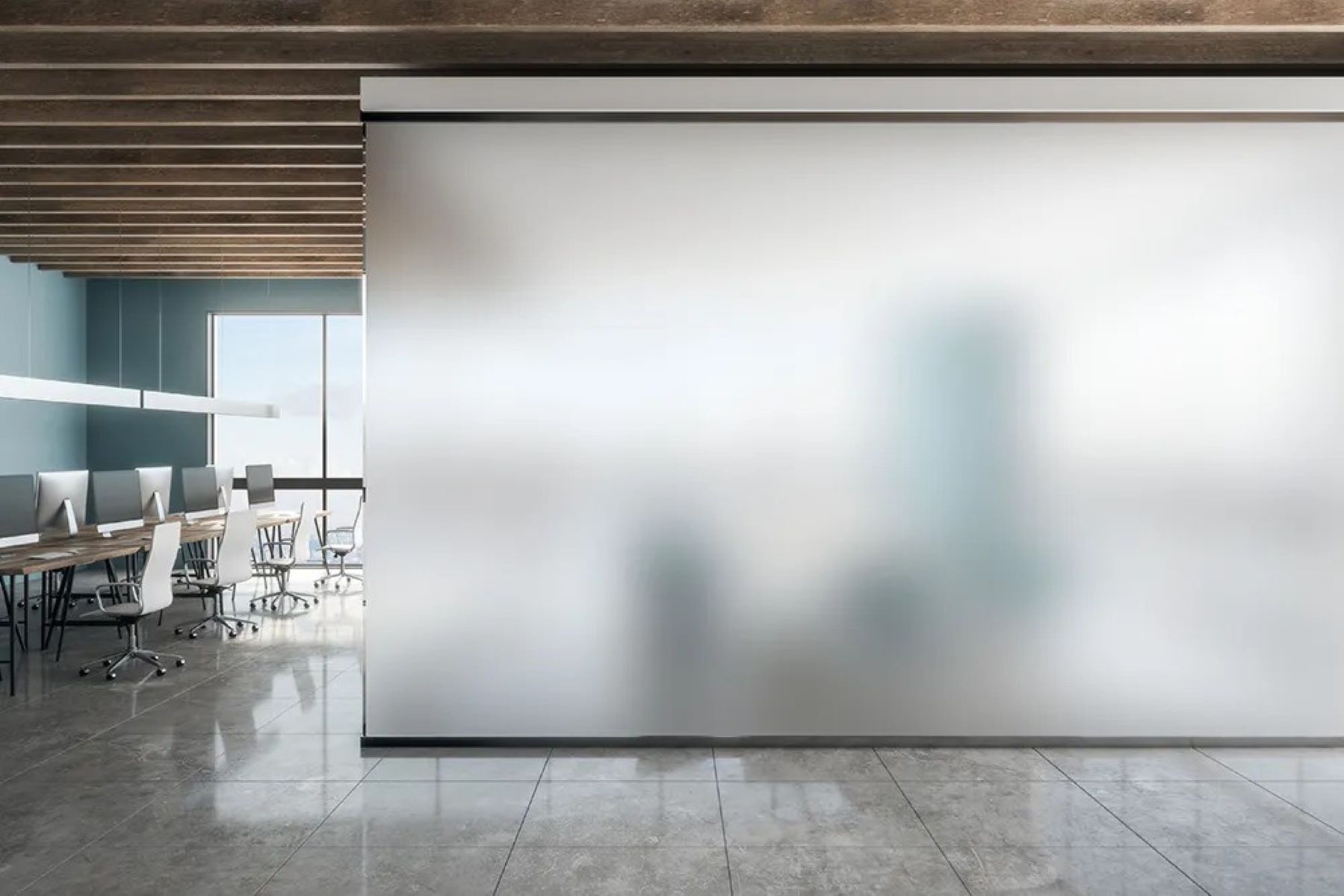
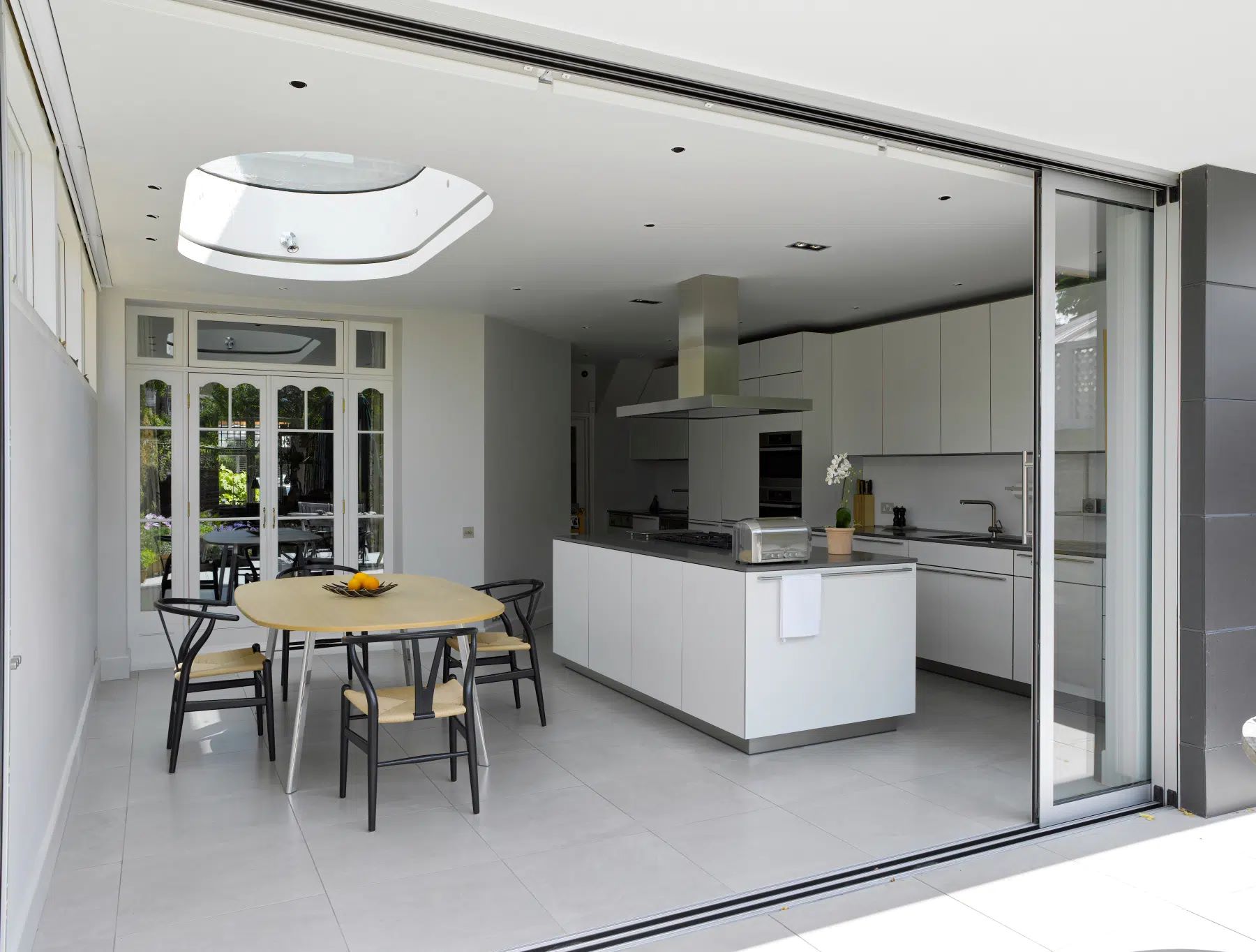





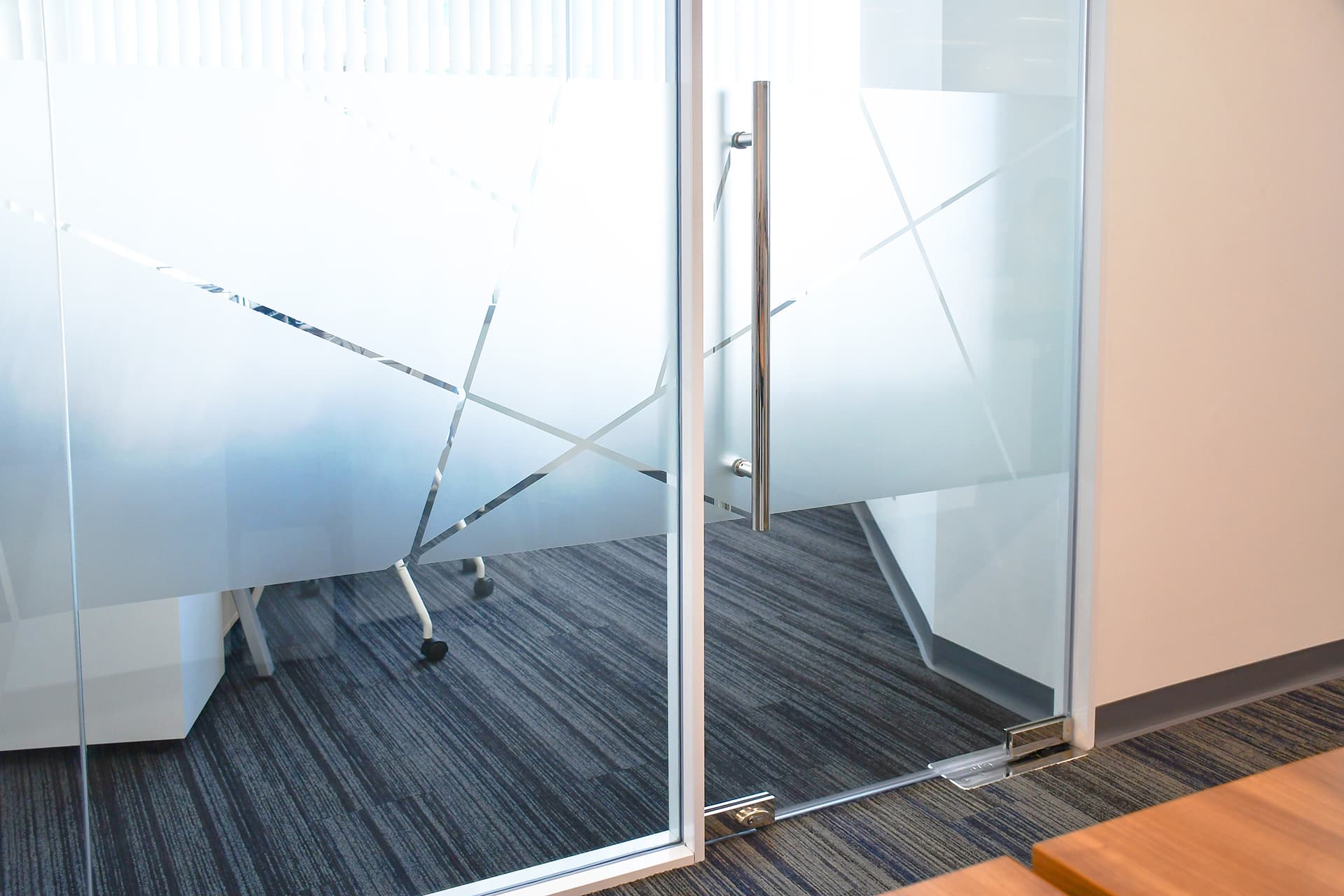
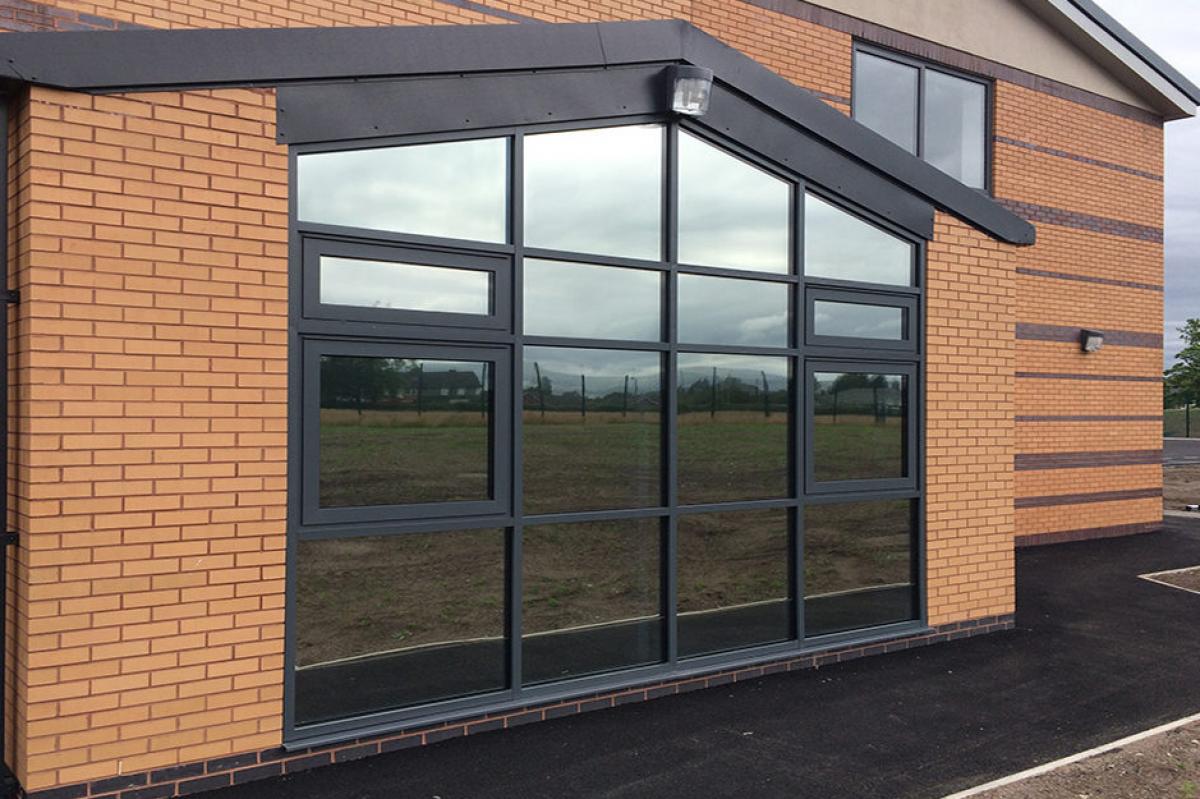
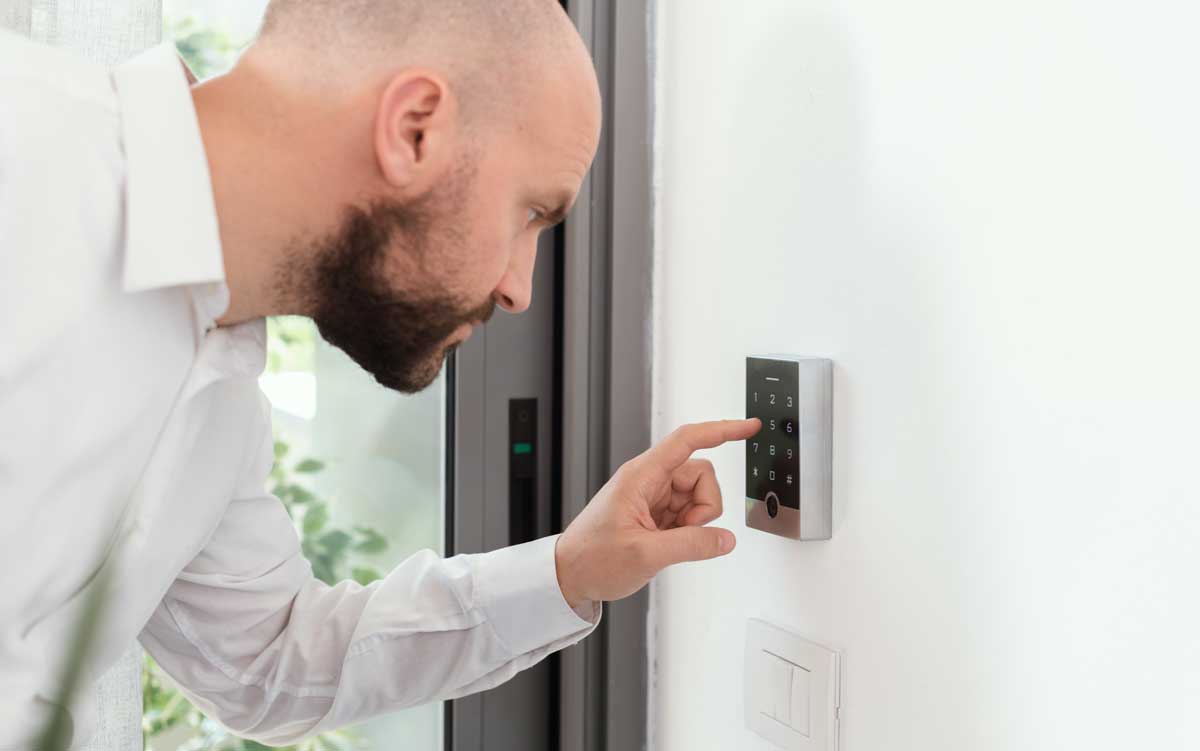
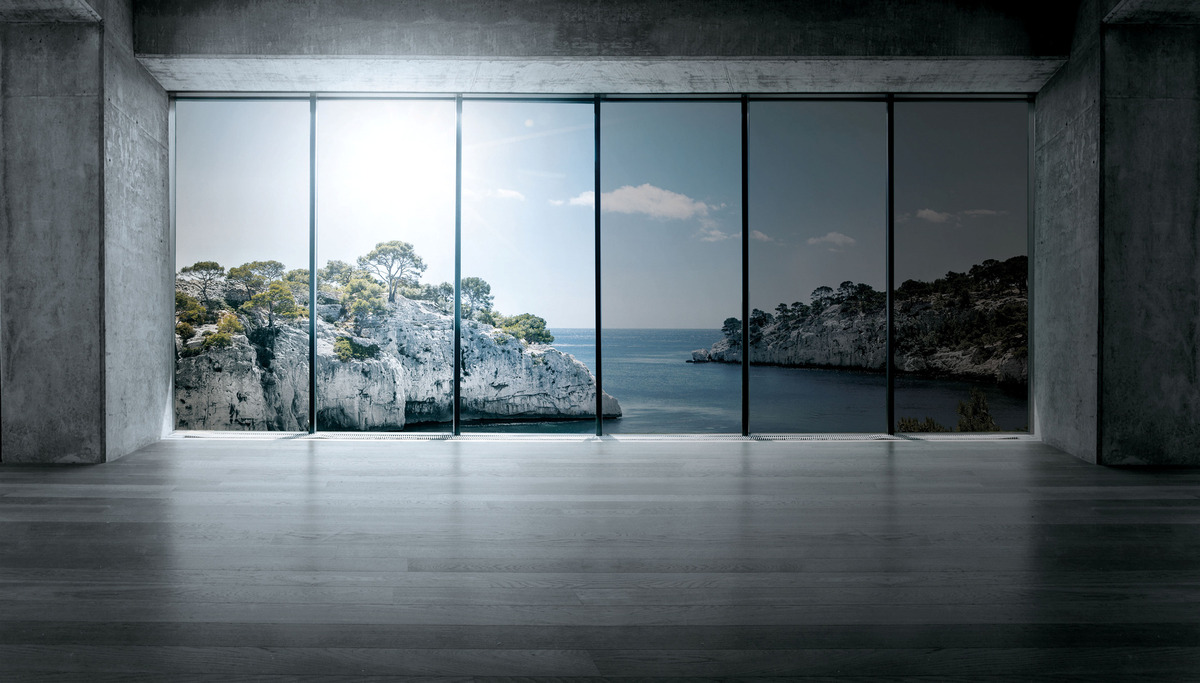
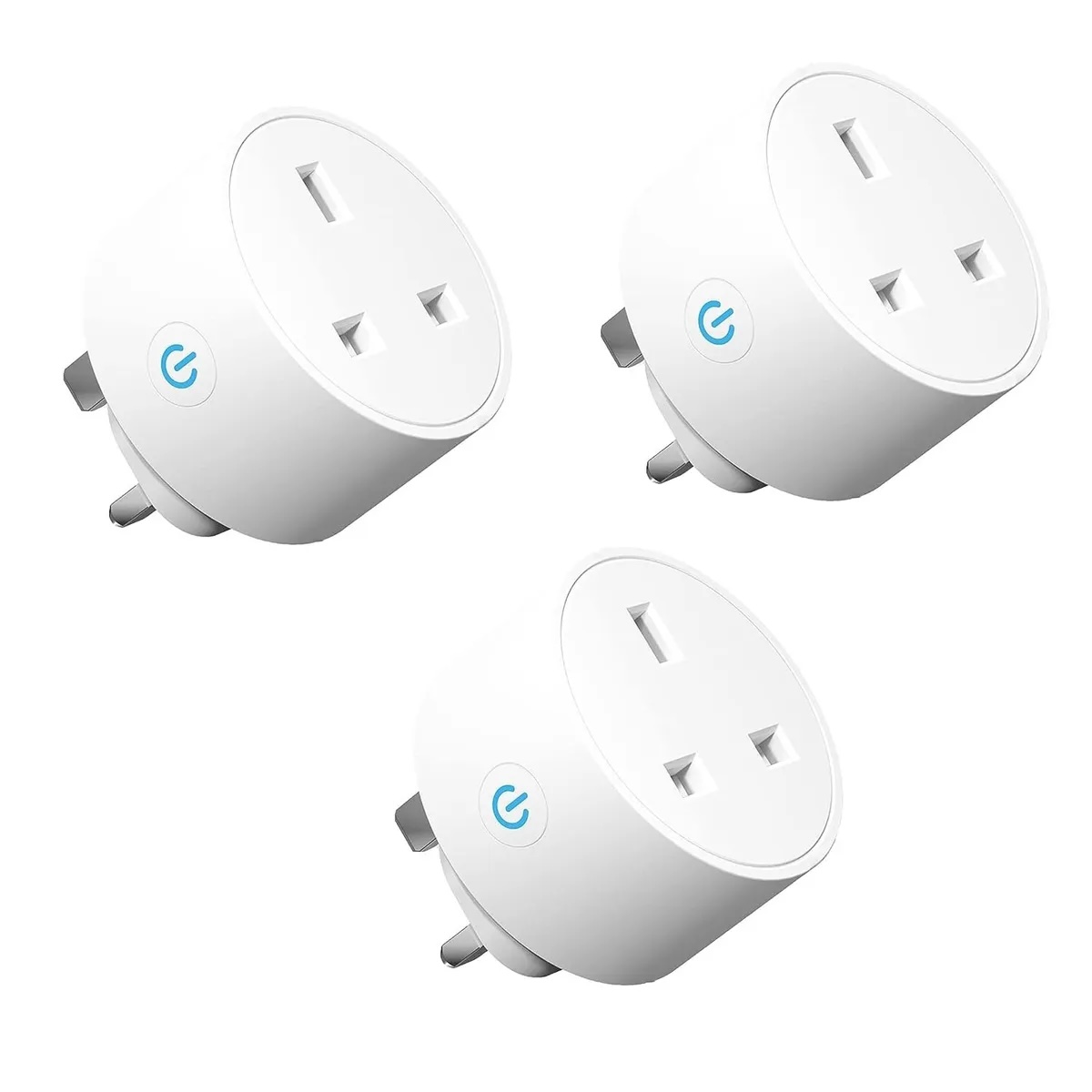

0 thoughts on “How Does Smart Glass Work”